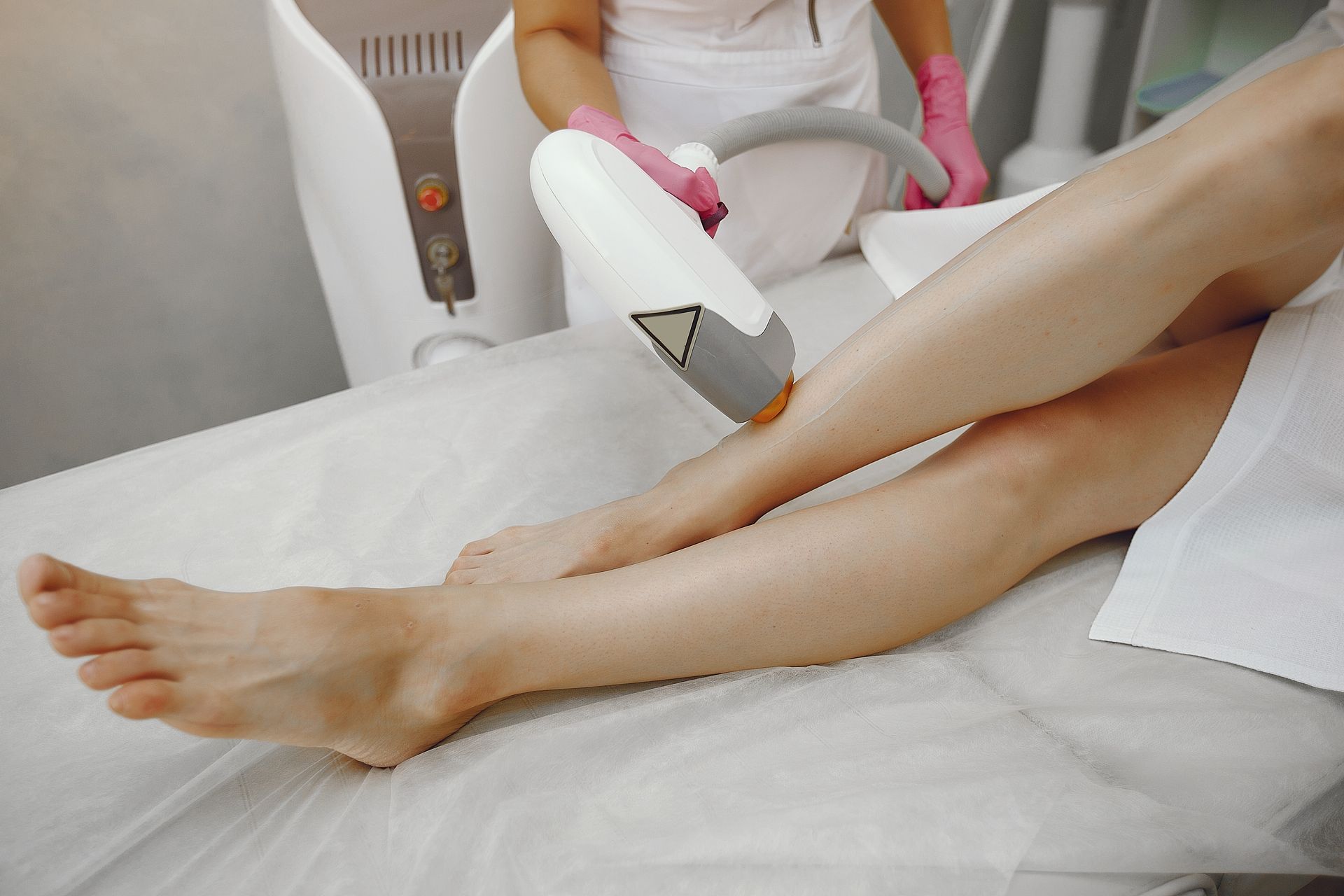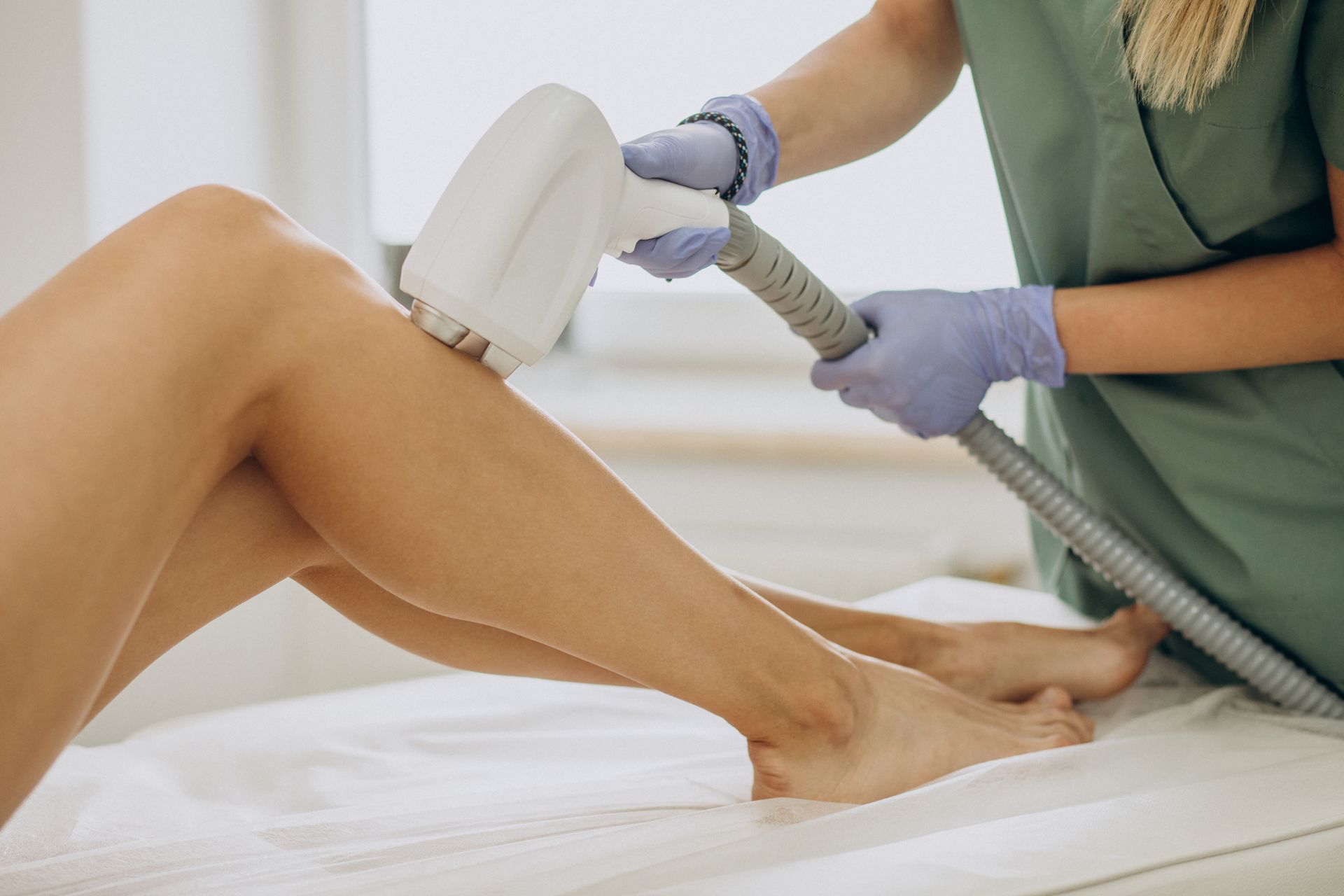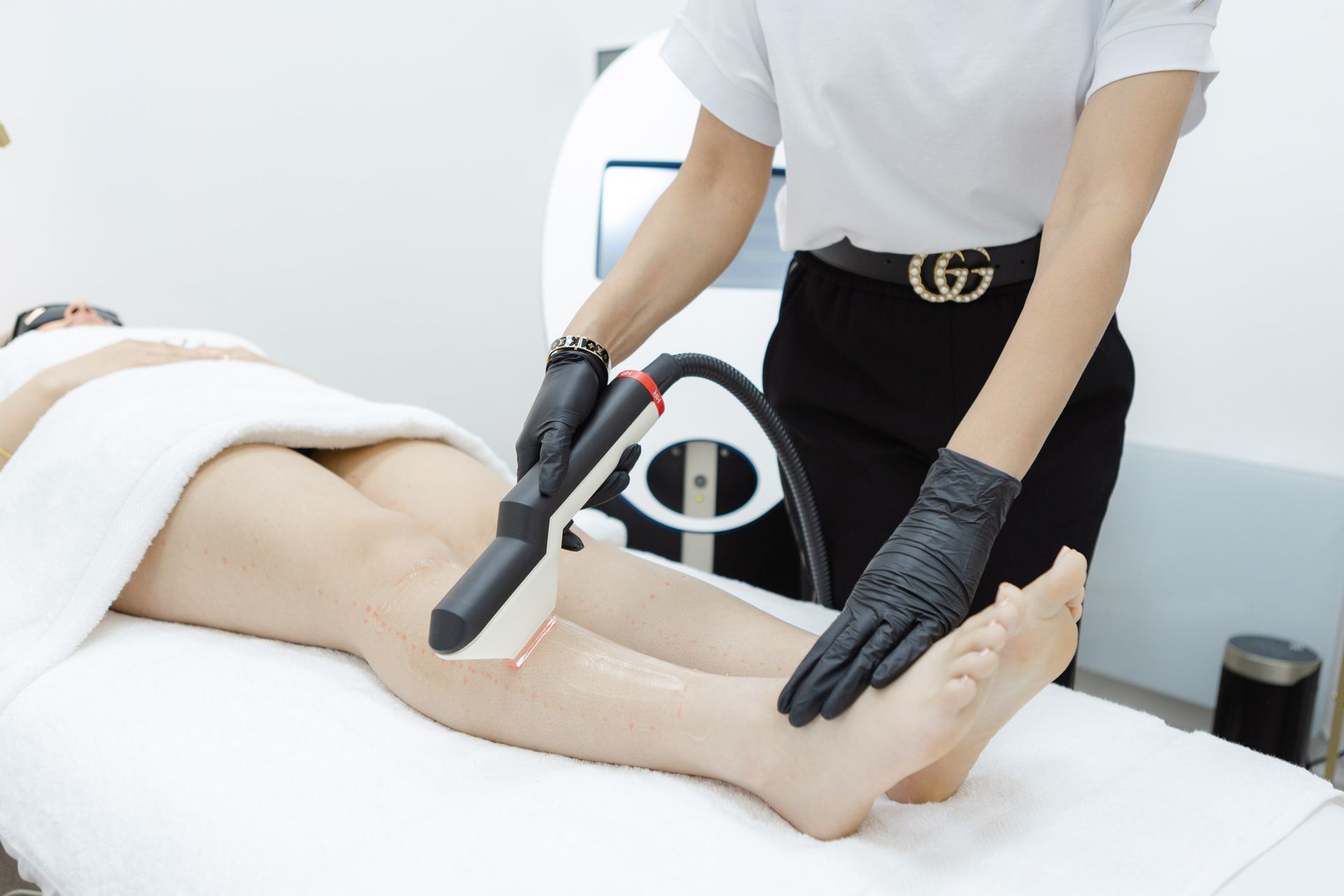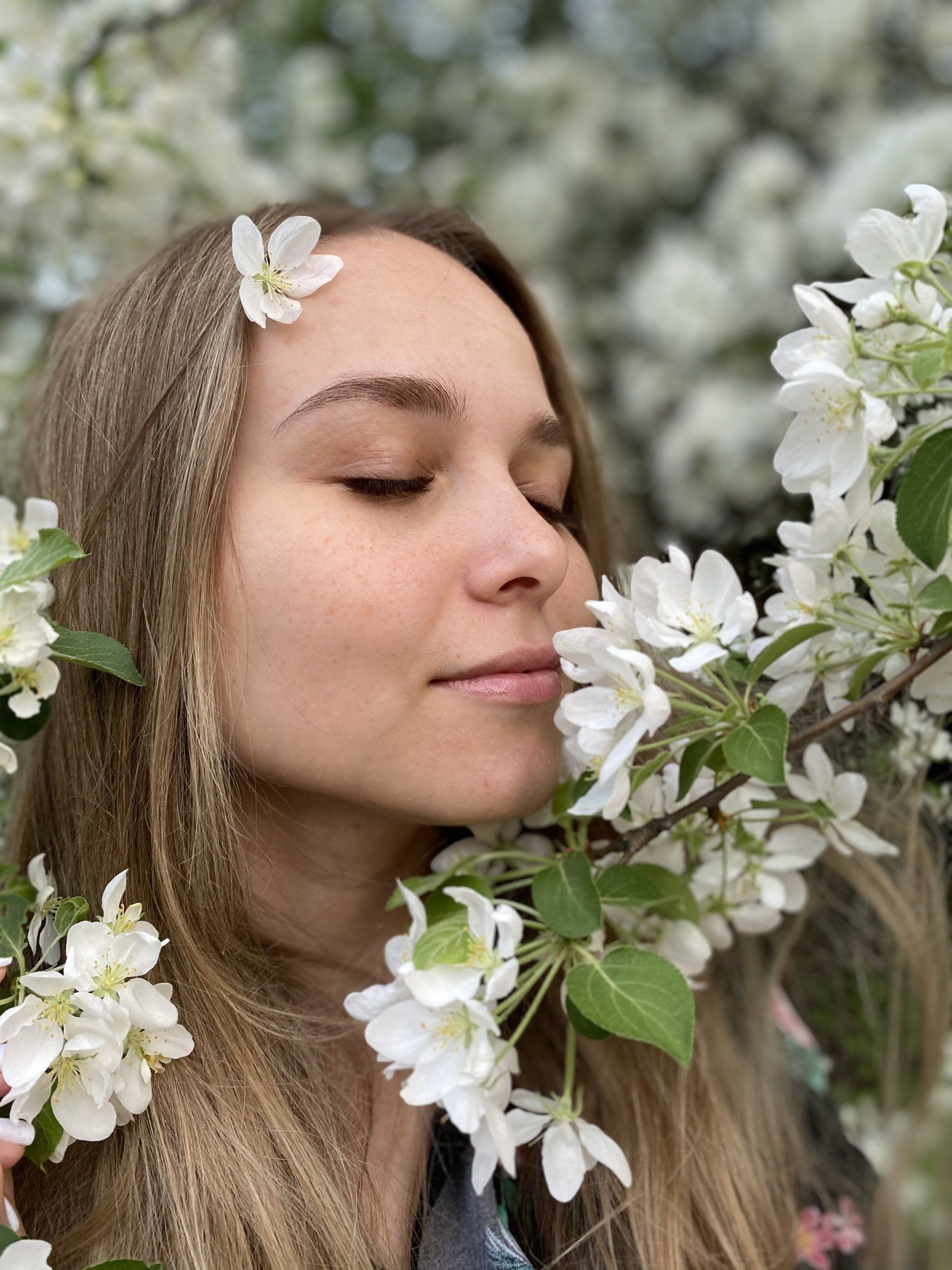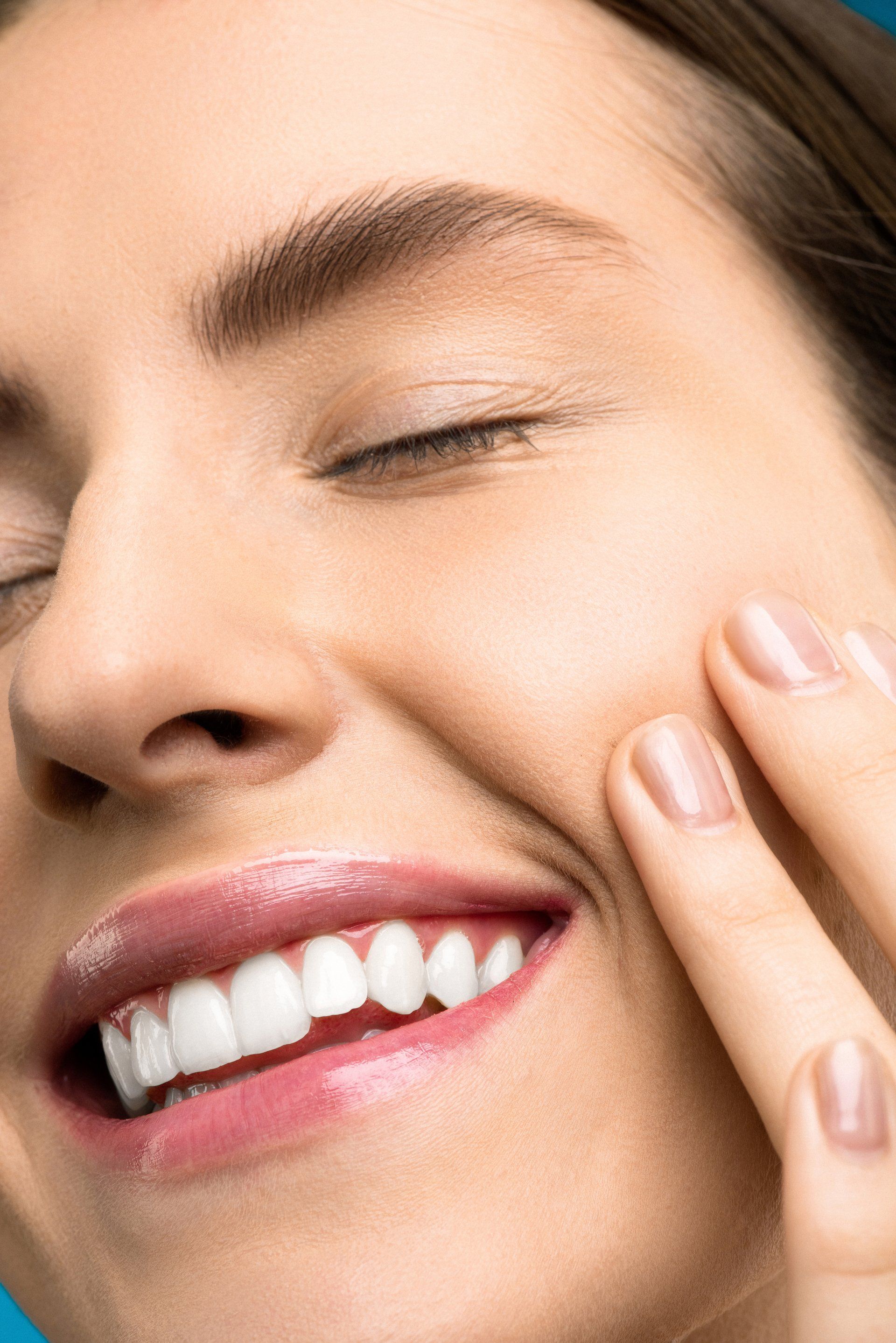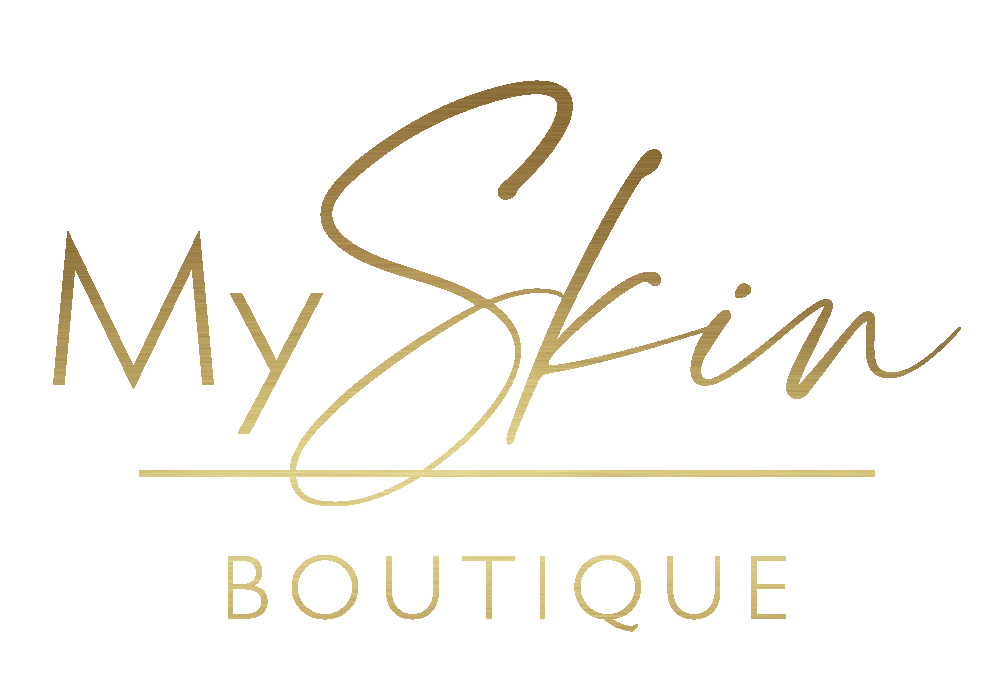Acne Skincare – Get the clear skin you’ve always wanted
When your skin is the largest, most visible organ in your body, it’s hard not to feel like it’s a reflection of your inner health. External and internal factors affect how your skin reacts, how it looks and how it feels.
Your skin is affected by dozens of different factors, such as gut health, hormones, sebum, hydration and nutrition, so it’s important to make sure you’re on top of your game to help your skin out as much as you can.
There is a lot you can do to help your skin, from adjusting your diet and skincare routine to control certain triggers that cause acne, as well as getting external help to treat and minimise the symptoms, and improve their effects.
Sebum: the Goldilocks principle
Sebum is a natural oil produced by your skin, and is responsible for it looking glowing and supple, as well as acting as a protective barrier against infection. However, like many things in life, too much can be a bad thing – as you’ll know if you have an oily T-zone or greasy skin.
Hormonal imbalances or changes – such as during puberty or pregnancy, or by conditions such as polycystic ovary syndrome in women – stimulate the sebaceous glands to produce more oil. This can cause hair follicles and pores to become blocked by skin cells, leading to comedones (black- or whiteheads).
The science bit:
Acne is thought to be caused by a bacterium naturally present on your skin – Cutibacterium acnes – that is very common and some strains of it are thought to have a role in our immune system. However, the oxygen-free atmosphere of a sebum-blocked pore or follicle causes the bacteria to break the sebum down into waste products and sebacic acid.
It’s thought that this sebacic acid disables certain enzymes that normally stop inflammation – and so without the sebaceous gland or hair follicle gets infected by C. acnes and hey presto – you get a nice big zit. For even more info, here’s an accessible dermatological article on how sebum causes spots.
Not too much, not too little
Now that we know how too much sebum can cause outbreaks, it’s worth looking at how we can control the triggers that cause this otherwise essential oil to give us problem skin. Key factors than can cause this are:
– Hygiene issues
– Poor diet
– Skin care routines
Before we start
Basic hygiene is key to skin health, especially if you wear make up – take a look at our article on back-to-basics skin cleanliness here – so clean brushes, clean pillowcases, try not to touch your face too much and definitely no squeezing!
Eating for skin health
In this section, we’re talking about what to avoid and what to incorporate to give your body and skin the best chance it can to repair itself and look its best.
As you might expect, your diet plays a huge role in avoiding inflammation and hormonal imbalances – and, as with a lot of health issues, the quality of the food you eat plays a huge part in how your body reacts and repairs.
Remember that even if you’re eating top-notch produce, sometimes your body just doesn’t like certain proteins, and you might have to go on an elimination diet to find out exactly what causes your skin to react. It’s a process, but definitely worth it to know what your triggers are.
You get out what you put in, so invest in yourself, and remember that it’s a long-term commitment and it will take time before you see results.
Dairy intolerances:
It’s thought that modern production processes are at fault here, thanks to the hormones used in dairy production that affect our own hormonal balance. It’s been observed that skimmed milk is particularly inflammatory as the percentage of dairy proteins (the part that you tend to react to) is higher compared to whole milk.
Even if you go for organic, hormone-free products, a lot of people (around 65% of the population to some degree) are increasingly intolerant to dairy – and especially to milk and fresher cheeses – and academic studies have most pointed out correlations between dairy consumption and acne.
This doesn’t mean that one is the cause of the other, but anecdotal evidence suggests that eliminating these fresh dairy products from your diet could be something of a no-brainer to improve your skin health.
Sugar and low-quality grains:
This is all about insulin resistance and how your body deals with sugar and carbohydrates (food with a high glycaemic index) – if your blood is flooded with sugar and cannot convert it into insulin quickly enough, the high blood sugar level is thought to cause inflammation – causing greater sebum production and the problems this causes that are mentioned above.
It’s worth mentioning that this is more of a correlation and it’s not understood exactly why this happens, and there have been few studies on this specific aspect. Wholewheat grains like spelt and rye are likely to be good for your diet as they have a low glycaemic index and break down more slowly, and don’t raise blood sugar levels in the same way as white flour or sugar does.
Similarly, low-carb diets have been associated with lower levels of inflammation and improved skin health after an initial adaptation period where acne seems to briefly worsen before improving.
Given that we know that sugar and poor-grade carbs aren’t great for us anyway, this is another easy win for your skincare elimination diet.
Vitamins and minerals to promote healing:
Now that you’ve banished sugar, low-quality carbs and cut down on your dairy – these are the vitamin-rich foods you need to be incorporating to improve your healing
– Vitamin A is an anti-inflammatory and normalises skin cell turnover (dark greens, carrots, peppers and tomatoes).
– Vitamin C & E to support immune function and help produce collagen (citrus fruits, green veg, nuts) – these two work better in combination.
– Grape Seed Extract to improve skin’s texture and reduce the signs of aging (a skincare must!).
– Turmeric which is a potent antioxidant that also reduces inflammation.
– Zinc to encourage healing (legumes, shellfish, quality red meat, nuts and seeds).
Boost your complexion:
In addition to the healing properties of the foods mentioned above, there are other ingredients that really can help your skin’s cycle by providing it with the protein and oils your body needs to promote regeneration. On their own they won’t resolve pimples and acne, but they are the basis of improving your skin from the inside.
– Oily fish – mackerel, sardines, tuna, trout and salmon – have quality protein, vitamin E and its anti-inflammatory properties and zinc for new skin cell production. An essential food for skin health.
– Avocados – healthy fats are key in this area, and avocados are another source of vit E and practically a guarantee of skin elasticity and suppleness.
– Nuts and seeds are your friend – Brazil nuts, cashew nuts and walnuts are great for selenium – which can stop damage by free radicals which lead to premature wrinkles – and zinc – our old friend!
– Leafy greens and bright colours – no beige food! Foods like tomatoes, broccoli, sweet potato and bell peppers are general go-tos for maintaining your skin
Skincare routines
Overcompensating for oil:
This is a classic cause of pimples – many people tend to go overboard with exfoliating and cleansing, removing the skin’s natural microbiome of oils.
In addition, it’s worth remembering that a harsh scrub rarely helps, as the bacteria and fatty acids that cause spots anchor themselves to the skin with a biofilm.
This stripping causes the skin to overcompensate, creating even more sebum and so upping the risk of a breakout as we’ve seen above
Exfoliation should be done gently to remove dead skin cells and other impurities, but it won’t help to get rid of the spots. It’s all a process!
Good practices for acne-prone skin:
We have an eight-step skincare routine you can do to really treat your skin, and the basics are the same for people with acne. For problem skin, here’s what we recommend:
– gentle cleansing with a foam or gel cleanser;
– gentle exfoliation (with retinol or lactic acid in the ingredients, no scrubs!) or;
– clay masks with a touch of apple cider vinegar to draw out gunk and impurities;
– vitamin C serum to help with scarring and;
– a non-comedogenic (doesn’t block your pores) moisturising oil like argan, grapeseed or jojoba
These steps will improve the elasticity and hydration of your skin, and are worth doing regardless of the acne – remember – it’s not caused by poor hygiene, but a good diet and skincare routine will prep your skin and hopefully will avoid some of the triggers that cause excess sebum.
If you do have a breakout – don’t despair. We’ve got some treatments for you, both to improve things in the short term, as well as a longer-term investment in your skin health.
Products to use to spot-treat acne:
We’ve chosen these three products as they have proven effects on the symptoms of acne – they won’t clear them up, but they will definitely reduce the chances of your acne becoming infected.
Salicylic acid
Salicylic acid is an all-round good ingredient for skincare, but is more effective on whiteheads and blackheads as it dissolves the keratin plugs and dead skin cells that cause them. It’s worth remembering that the whiteheads and blackheads can cause acne, and that salicylic acid (made from willow bark) has antibacterial properties that may prevent them becoming infected, so it’s worth dotting on if you see a pimple on its way.
Bentonite clay
This is another topical treatment that should stop your pores from becoming infected. Bentonite is cheap and Ideal for your clay masks, as it adsorbs impurities from your skin and binds them so you can wash them off no problem. Although it has mild astringent properties, it doesn’t make your skin tight and leaves an ideal surface for your serum. Prevention is better than cure!
Essential oils
Like salicylic acid, rosemary, thyme, cinnamon clove oils have known antibacterial properties to avoid further inflammation or infection of any blemishes that appear. As essential oils, they should be added to a neutral carrier oil such as grapeseed before you apply them.
MySkin laser acne treatment
For our money, laser treatment is the way forward for acne, as it treats both the symptoms and the mechanism that causes the overproduction of sebum. At MySkin, we treat the three types of acne:
– Acne Vulgaris : as we know, this is the clogging of the hair follicles and pores leading to unsightly and sometimes painful skin lesions and pimples.
– Acne Conglobate : this covers the back, chest and buttocks with pustules and nodules, which might cause a severe bacterial infection, as well as extensive scarring – one to avoid!
– Acne Rosacea : an inflammation of the face, neck or chest.
MySkin laser treatments use Ellipse IPL technology to target the metabolism of the acne bacteria and destroy it without affecting the surrounding tissue – removing the symptom of the acne infection. With repeated sessions of the acne treatment, it is destroyed faster than the bacteria grows, leading to less inflammation, which also stops further scarring.
In addition to easing the symptoms, the UV light reduces the blood flow to the sebaceous glands – responsible for all that sebum! – and reduces the amount produced in the skin, so avoiding clogged pores and follicles.
The results you want
By changing your diet, hygiene and skincare, you can start to minimise the cause of acne so that your skin isn’t triggered so often and doesn’t get inflamed and infected. At MySkin Birmingham, we can help if you do have a breakout with our Ellipse Laser/ SWT acne treatment.
After a personal consultation, we recommend a schedule of 4 sessions , once every 3-4 weeks. If needed, this routine can be repeated again to achieve even better results.
Our MySkin laser acne treatment e is incredibly effective and much faster than other topical treatments and less invasive than antibiotics for a non-medical treatment for spots and acne. Take a look at our reviews to see just how well our acne treatment works.
Performed by experienced laser skin clinicians in our bright and modern clinic using the very latest laser technology, we have a very high success rate and have helped hundreds of patients to get their acne under control and face life with confidence once again.
Frequently Asked Questions about MySkin laser acne treatment
Q. Who can we treat?
We treat a complete variety of skin and hair types, so we are happy to talk with anyone wishing to explore treatment plans.
Q. Does it hurt?
Everyone’s pain tolerance is different, so our clients’ reports tend to differ. Generally speaking, the laser feels like a quick pinch from a rubber band.
Q. Do I need to take special precautions before and after treatment?
Yes, you will want to avoid doing anything or using any products that can cause irritation or damage to the skin. Plan to avoid pools and spas, rigorous activities that will cause excess sweating, very hot water during showers or baths, and tanning. You will also want to begin a new sunblock regime that includes daily application of SPF30 to your skin, particularly the treated areas.
Q. What can I expect during and after treatment?
Clients may notice some general redness on the face. Following the treatment, pigmented areas may appear darker and will eventually disappear.
Due to the bacteria being difficult to eradicate completely, you will probably be recommended to continue using adaplene cream or gel some months after the treatment has ended.
Q. Why have treatments at MySkin Laser Clinic?
1. CLINICALLY TRAINED : Everyone on our team at MySkin Laser Clinic is clinically trained to perform all of our skincare treatments. Many of us have also experienced them ourselves!
2. PERSONALISED EXPERIENCE : When you walk through the doors of MySkin Laser Clinic, we want you to immediately feel a sense of peace and calm. Before starting a treatment, we not only want to learn all about your skin, but we also want to learn about you. You are at the heart of our boutique skincare centre.
3. CENTRALLY LOCATED : Located at 95 Newhall Street in Birmingham , MySkin Laser Clinic’s location was chosen for its abundance of natural light as much as the ease with which our clients can visit our space.
4. PROVEN RESULTS : When our clients choose to pursue skincare treatment, they are doing so because they want to experience results. And, we can confirm they do! For example, we remove up to 98% of unwanted hair for our laser hair removal patients.
5. CARE & COMPASSION : Our appointments are spaced so we can always offer a relaxed, personalised experience to each of our clients. We want to uncover the problem areas of your
